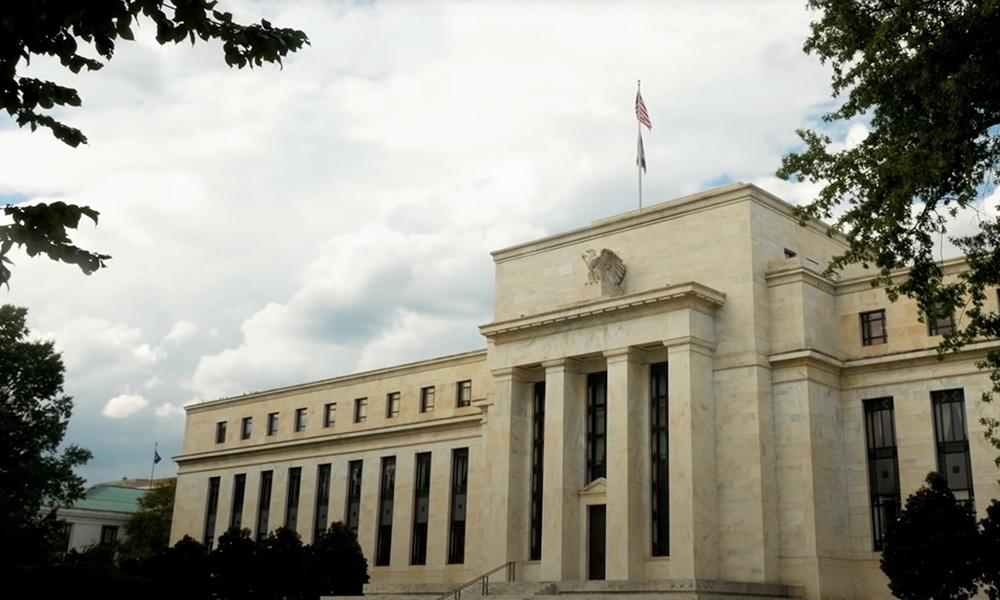Analysis of the Federal Reserve's September meeting minutes: Internal debate exposed, leaving the path of rate cuts uncertain
2025-10-09 08:47:25

1. Core Consensus: Employment Risks Sound the Alarm, Opening the Door to Interest Rate Cuts
The gloomy job market has become a catalyst
The minutes opened with a key shift: policymakers generally agreed that downside risks to the US job market had significantly increased, providing a strong argument for a rate cut. After a lengthy assessment, they recognized that the labor market, a crucial underpinning of US consumption and economic vitality, was beginning to show significant signs of weakness. Based on this assessment, the prevailing voice at the meeting was to lower the target range for the federal funds rate to a more "neutral" level. This signaled that after a series of rate hikes, the Fed had finally acknowledged that it was time to adjust its policy to prevent the economy from stalling.
2. Intense internal divisions: The specter of inflation lingers, and the road ahead is shrouded in uncertainty.
Hawks' persistence: Stay highly vigilant against inflation
Despite the consensus on a rate cut, the minutes reveal that most policymakers remained preoccupied with another concern: stubbornly high inflation. They repeatedly emphasized that the inflation outlook remained subject to upside risks. Specifically, they expressed concern that inflation data could deviate again from the official 2% target, while uncertainty stemming from tariffs in the global trade landscape persisted. These officials believed that current monetary policy might not be as restrictive as some had assumed, necessitating extreme caution and measured steps in further rate cuts. Some even suggested that maintaining interest rates at current levels would be beneficial.
The cry of the “doves”: a director’s lone fight
In stark contrast to the mainstream view, new Federal Reserve Governor Stephen Milan took a radical stance. He was the only policymaker to dissent at the meeting, arguing for a larger, 50 basis point rate cut. Milan's assessment was that protecting the job market was a more pressing task, and that the threat of an economic slowdown was more real and imminent than the risk of inflation. He even suggested during the meeting that further rate cuts would be necessary at subsequent meetings. Although his voice was isolated, it clearly represented a force within the Fed that prioritized growth over inflation.
III. Future Outlook: Policy paths diverge, and the market faces a data vacuum
A nearly evenly divided decision-making camp
The most striking aspect of the minutes is the clear demonstration of the nearly evenly divided nature of the Fed's policymaking structure. Based on the economic forecasts released simultaneously, the 19 policymakers were almost evenly divided into three camps: nine predicted two more rate cuts for the remainder of the year; another nine predicted only one or no rate cuts at all; and the radical Milan governor stood alone in the camp predicting multiple rate cuts. This three-way split creates significant uncertainty for future interest rate policy.
Complex variables before the October meeting
All eyes are on the next policy meeting, slated for late October. Financial markets currently widely anticipate another 25 basis point rate cut. However, a significant challenge looms: the US federal government shutdown has delayed the release of the September employment report and the next round of key inflation data (CPI). Federal Reserve Chairman Powell stated after the September meeting that policy remains "clearly restrictive" but offered no specifics on the next steps.
Now, flying blind without the most crucial economic data to guide them, October's decision will rely even more heavily on the outcome of this internal debate and policymakers' intuitive assessment of risk. As one economist commented, if the September rate cut was based on risk management, the same logic is likely to support another move in October.
Summary: Finding a balance on the risk scale
In short, the September meeting minutes paint a picture of a Federal Reserve teetering on a crossroads. With one hand on the trigger for rate cuts, prepared to counter a potential downturn in the job market, the other hand tightly grips the shield of vigilance, wary of a resurgence in inflation, its old enemy. The heated internal debate isn't a sign of chaos, but rather a reflection of the complex situation the US economy currently finds itself in. The ultimate policy path will hinge on the delicate balance of risk between employment and inflation, and the world is closely watching this top-level decision, which will determine the direction of capital flows and the health of the economy.
If the Fed can give a clear signal at its October meeting, it may be able to calm market volatility; otherwise, continued divergence will make uncertainty the norm.
- Risk Warning and Disclaimer
- The market involves risk, and trading may not be suitable for all investors. This article is for reference only and does not constitute personal investment advice, nor does it take into account certain users’ specific investment objectives, financial situation, or other needs. Any investment decisions made based on this information are at your own risk.





















